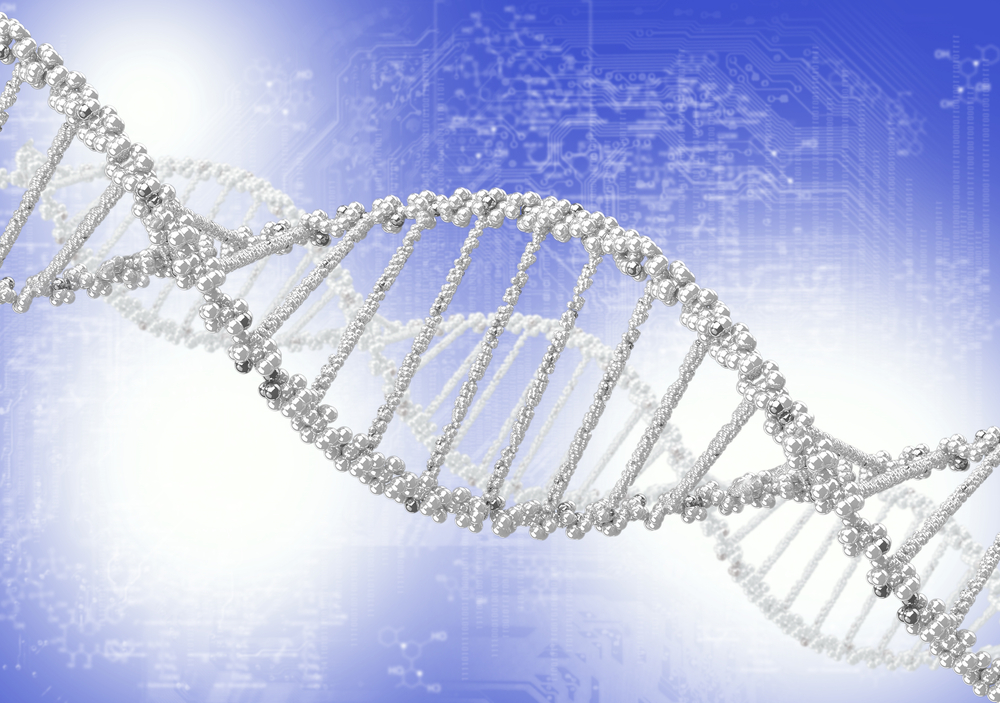 Results from a recent study published in the journal Radiology showed that the clinical management of women at risk of breast cancer could improve the use of magnetic resonance spectroscopy (MRS), that can monitor biochemical changes in the breast tissue.
Results from a recent study published in the journal Radiology showed that the clinical management of women at risk of breast cancer could improve the use of magnetic resonance spectroscopy (MRS), that can monitor biochemical changes in the breast tissue.
Women that have mutations in the BRAC gene are at a higher risk of developing breast cancer. Specifically, there is a 50% risk of breast cancer before the age of 50 in women who have BRCA1 or BRCA2 gene mutations, with tumors developing within months of a negative mammography screening. As such, many women who carry BRCA mutations undergo mastectomies to prevent future cancer.
In the study, researchers identified biochemical modifications related to early stage of cancer development using 2-D localized correlated spectroscopy (L-COSY). A total of 9 women with BRCA1 mutations and 14 women with BRCA2 mutations were assessed with L-COSY and compared to 10 healthy women without a breast cancer family history. All women were examined with contrast enhanced 3-T MRI and ultrasound.
The results revealed no abnormalities in the MRI and ultrasound, however L-COSY MRS detected biochemical changes in women carrying BRCA1 and BRCA2 mutations when compared to healthy controls. The results revealed many distinct cellular modifications assessed through L-COSY suggestive of premalignant changes in women with BRCA mutations. “These changes appear to represent a series of early warning signs that may allow women to make informed decisions as to when and if they have prophylactic mastectomy,” Carolyn Mountford, M.Sc., D.Phil., from the University of Newcastle in Callaghan, Australia, Brigham and Women’s Hospital in Boston and the Translational Research Institute in Brisbane, said in a recent news release.
[adrotate group=”3″]
According to this news release, David Clark, M.B.B.S., B.Sc., F.R.A.C.S., from the Breast and Endocrine Centre in Gateshead, New South Wales, Australia, and study co-author believes that the protocol might be helpful to guide clinicians in treatment choices directed at women carrying BRCA mutations. Dr. Clark further mentioned that this spectroscopy screening technique could be helpful, as nearly half women carrying BRCA gene mutations may never develop breast cancer, especially not before 50 years of age. “We think there are three stages of pre-cancer progression in the breast tissue,” he said in the news release. “Women at Stage 1 could monitor their breasts with follow-up spectroscopy every six months.”
In the study, the researchers also found that there are differences in the lipid pathways between the two BRCA mutations, which may explain why women with BRCA2 mutation have longer survival rates than women with BRCA1 mutations.
According to Dr. Mountford, this new study represents over 25 years of research. “It took a multidisciplinary team, including an MR physicist, chemists, radiographers and radiologists to be sure that what we were seeing was not apparent from conventional contrast-enhanced imaging,” he said.
According to a news release, the team is hoping to confirm these results in larger cohorts and also to monitor women who participated in this study to improve the comprehension of associated biochemical changes and what they represent.

